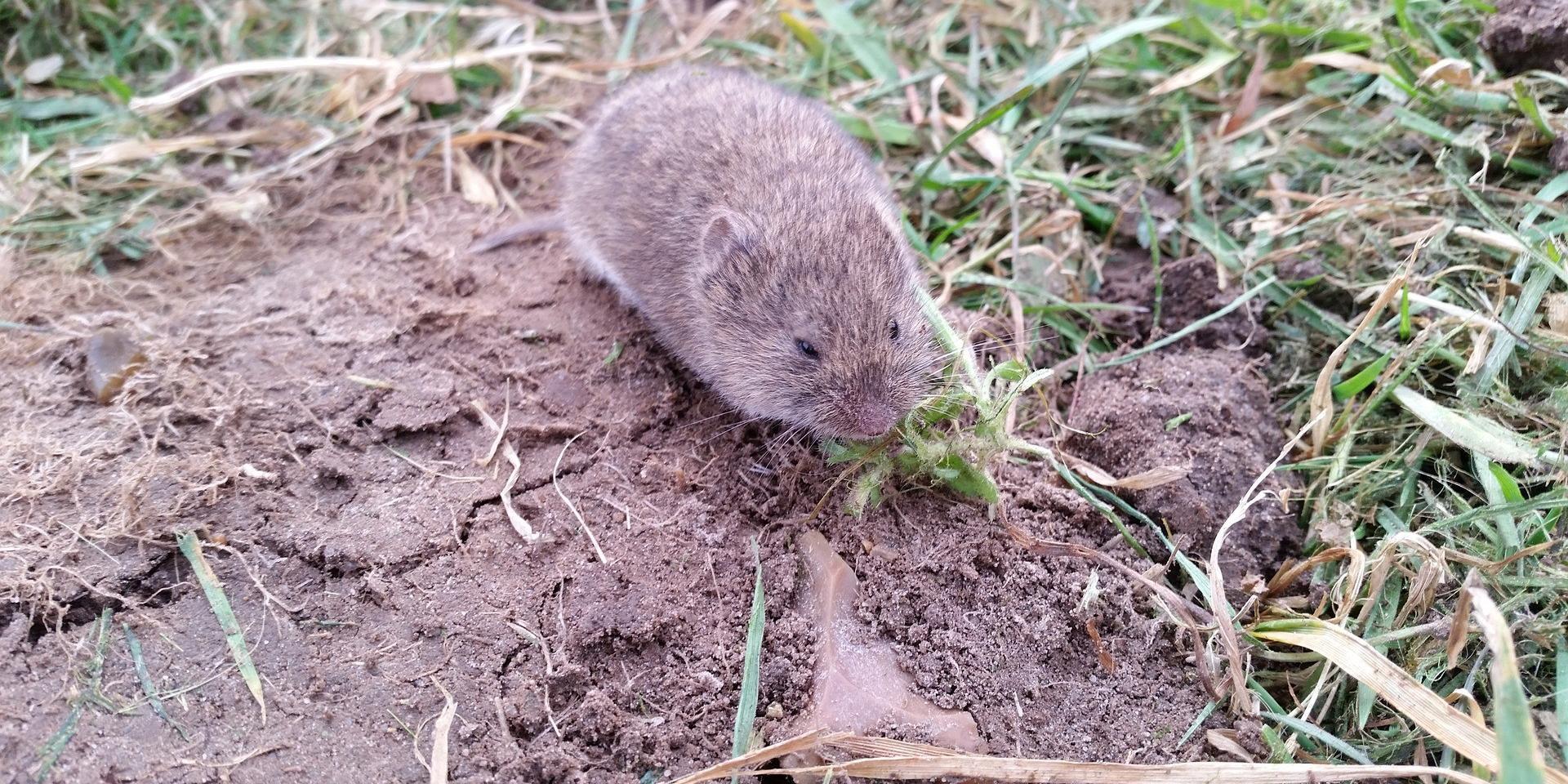Specialist Approaches for Vole Control and Prevention
Specialist Approaches for Vole Control and Prevention
Blog Article
Comprehensive Overview to Efficient Vole Bug Control: Invasion Recognition and Treatment Techniques
In the realm of efficient parasite control, vole infestations present a special challenge that demands a strategic technique. These little rats, commonly mistaken for mice, can ruin yards, yards, and plants if left unattended. Recognizing the indications of vole existence and carrying out targeted therapy methods are crucial components of a successful bug monitoring plan. By exploring the nuances of vole behavior, recognizing key signs of problem, and reviewing a variety of control options, one can establish a thorough strategy to deal with these elusive insects.
Recognizing Vole Habits
Vole actions is identified by their burrowing routines and quick reproduction prices, making them a difficult bug to manage successfully. These little rats generally produce complex passage systems underground, using them for sanctuary, food storage space, and transportation. Voles are herbivores, consuming a range of plants, bulbs, grasses, and roots, which can trigger substantial damage to yards, orchards, and yards. Their rapid reproductive price more complicates control efforts, with females efficient in producing numerous trashes in a single year, each containing a number of spawn.
Voles are most active during the morning and evening hours, spending the majority of their time foraging for food. Their burrowing behaviors not only interrupt gardens and grass however additionally make them testing to discover and get rid of. Comprehending vole habits is crucial for efficient bug control techniques. By identifying their burrow places, checking feeding locations, and carrying out targeted control approaches, such as capturing or environment modification, vole infestations can be handled efficiently.
Indications of Vole Problem

Avoidance Techniques
Implementing reliable prevention methods is essential in decreasing vole problems and securing greenery from their devastating feeding practices (vole control). To prevent vole invasions, it is vital to begin by eliminating potential food resources and sanctuary. Keep grass and vegetation cut short, remove weeds and particles, and preserve a tidy garden or lawn to make the location less appealing to voles. Mounting barriers such as equipment towel or underground secure fencing can additionally aid discourage voles from going advice into specific areas. Additionally, decreasing excess moisture by repairing dripping pipelines and making sure proper drain can make the setting less congenial for voles.
Regularly checking the building for indicators of vole task, such as runways and tunnel openings, is vital for very early detection and prompt activity. If vole activity is presumed, take into consideration making use of catches or repellents tactically placed near their pathways. Utilizing natural predators like snakes or owls can likewise aid maintain vole populations in check. By implementing a combination of these avoidance garden enthusiasts, approaches and house owners can successfully secure their visit this site vegetation from vole damage.
Non-Lethal Control Approaches
To efficiently handle vole populations while prioritizing humane approaches, non-lethal control strategies supply functional solutions for minimizing vole damages in landscapes and gardens. These obstacles can be hidden at least 12 inches deep and bent at a 90-degree angle to stop voles from tunneling below.
.2403200956550.jpg)
Lethal Control Options
One efficient approach for resolving vole invasions in yards and landscapes entails the tactical use deadly control alternatives. When confronted with a serious vole problem that non-lethal techniques have failed to have, executing deadly control actions becomes vital. One commonly used deadly control option is the usage of snap traps. These traps are developed to swiftly and humanely eliminate voles upon activation, making them a preferred option for several garden enthusiasts and landscapers. To enhance the effectiveness of breeze traps, it is suggested to put them in locations where vole activity is high, such as along runways or near burrow entryways. Another dangerous control alternative is the use of toxic baits especially developed to target voles. These lures contain poison that is consumed by the voles, resulting in their eventual demise. Caution should be worked browse this site out when making use of harmful lures to stop injury to non-target pets or animals. In general, when utilizing deadly control options, it is crucial to do so sensibly and based on regional regulations to successfully handle vole invasions.
Final Thought
In final thought, effective vole pest control needs an extensive understanding of vole actions, recognition of indicators of invasion, implementation of prevention approaches, and utilization of both dangerous and non-lethal control methods. By incorporating these techniques, people can efficiently take care of vole populations and safeguard their residential or commercial property from damages. It is very important to attend to vole problems quickly to stop additional problems and minimize the influence on the surrounding atmosphere.
Offered the elaborate passage systems and fast reproduction rates characteristic of voles, identifying the indications of vole invasion ends up being important in effective pest control. One of the main signs of vole existence is the presence of surface area runways or routes in lawn or snow, generally about 1-2 inches wide, produced as voles travel between their burrows and food resources.To successfully manage vole populaces while focusing on gentle methods, non-lethal control methods offer functional options for reducing vole damage in yards and landscapes.One effective technique for resolving vole invasions in landscapes and yards involves the critical usage of lethal control choices. vole yard damage.In verdict, effective vole parasite control calls for a comprehensive understanding of vole actions, identification of indicators of problem, execution of prevention techniques, and utilization of both dangerous and non-lethal control approaches
Report this page